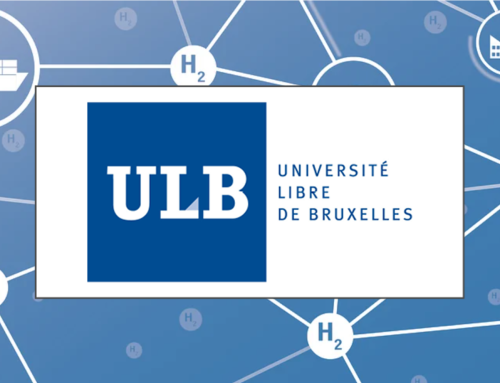
KULeuven: Oppervlaktechemie en Katalyse-Karakterisatie en Applicatie Team (COK-KAT)
Catholic University of Leuven, Faculty of Bioscience Engineering, Department of Microbial and Molecular Systems
General expertise of the research group
The research team has a strong focus on porous materials, catalysis and adsorption. The emphasis is on three major themes related to grand societal challenges: water, energy and human health. Energy research is concentrated on renewable fuels (solar hydrogen and ammonia), and hydrogen, CO2 and green methane
storage in clathrate hydrates. Molecular aspects of water upon confinement in nanopores relevant to electrolytic processes and molecular storage are investigated.
Specific hydrogen- related expertise & research topics
- Storage of hydrogen, methane and carbon dioxide in clathrate hydrates
- Green ammonia production and cracking, circular nitrogen economy
Available equipment/tools
- Workstation for advanced testing of photoelectrochemical cells & components, electrolysis lab-scale units
- Analytical equipment including ion chromatography, mass spectrometry
- Solid state NMR spectroscopy and XRD for characterizing hydrogen storage materials
Participating in FL/B/EU funded projects with H2 related research
- PROCURA (BE – ETF)(KUL/Energyville, Waterstofnet, VUB, ULiège): Power-to-X and carbon capture & utilization roadmap for Belgium
- HyPErFarm (EU – H2020)(KUL, Aarhus, Fraunhofer): Hydrogen and photovoltaic electrification on farm
- ARCLATH II (FL – Moonshot cSBO): hydrogen storage in artificial clathrates
- WATUSO (EU – ERC AdG): nanoconfined water: a tunable solvent system
Main relevant publications
On the last two years
- Beckwée, E.J. et al. (2024). Structure I methane hydrate confined in C8-grafted SBA-15: A highly efficient storage system enabling ultrafast methane loading and unloading. Applied Energy, doi: 10.1016/j.apenergy.2023.122120
- Beckwée, E.J. et al. (2023). Enabling hydrate-based methane storage under mild operating conditions by periodic mesoporous organosilica nanotubes. Heliyon, doi: 10.1016/j.heliyon.2023. e17662
- Thijs, B. et al. (2022). Demonstration of a three compartment solar electrolyser with gas phase cathode producing formic acid from CO2 and water using Earth abundant metals. Frontiers in Chemical Engineering, doi: 10.3389/fceng.2022.1028811
- Thijs, B. et al. (2022). Matching emerging formic acid synthesis processes with application requirements. Green Chemistry, 24(6), pp. 2287–2295.
- Gupta, A. et al. (2021). Hydrogen Clathrates: Next Generation Hydrogen Storage Materials. Energy Storage Materials. Elsevier B.V., pp. 69–107
- Thijs et al. (2021). Selective electrochemical reduction of CO2 to formic acid in a gas phase reactor with by-product recirculation. Sustainable Energy Fuels, doi: 10.1039/d1se00218j
- Hollevoet et al. (2020). Energy-Efficient Ammonia Production from Air and Water Using Electrocatalysts with Limited Faradaic Efficiency. ACS Energy Letters, 5(4), 1124–1127.
- Rongé et al. (2019). Bifunctional earth-abundant phosphate/phosphide catalysts prepared via
atomic layer deposition for electrocatalytic water splitting. Nanoscale Advances, 1(10), 4166–4172.
Contact persons
Prof. Johan Martens
Emeritus Professor with formal duties Bioscience engineering
johan.martens@kuleuven.be
Prof. Christine Kirschhock
Professor Bioscience engineering
christine.kirschhock@kuleuven.be
University of Leuven | Department of Microbial and Molecular Systems
Kasteelpark Arenberg 20, 3001 Leuven




